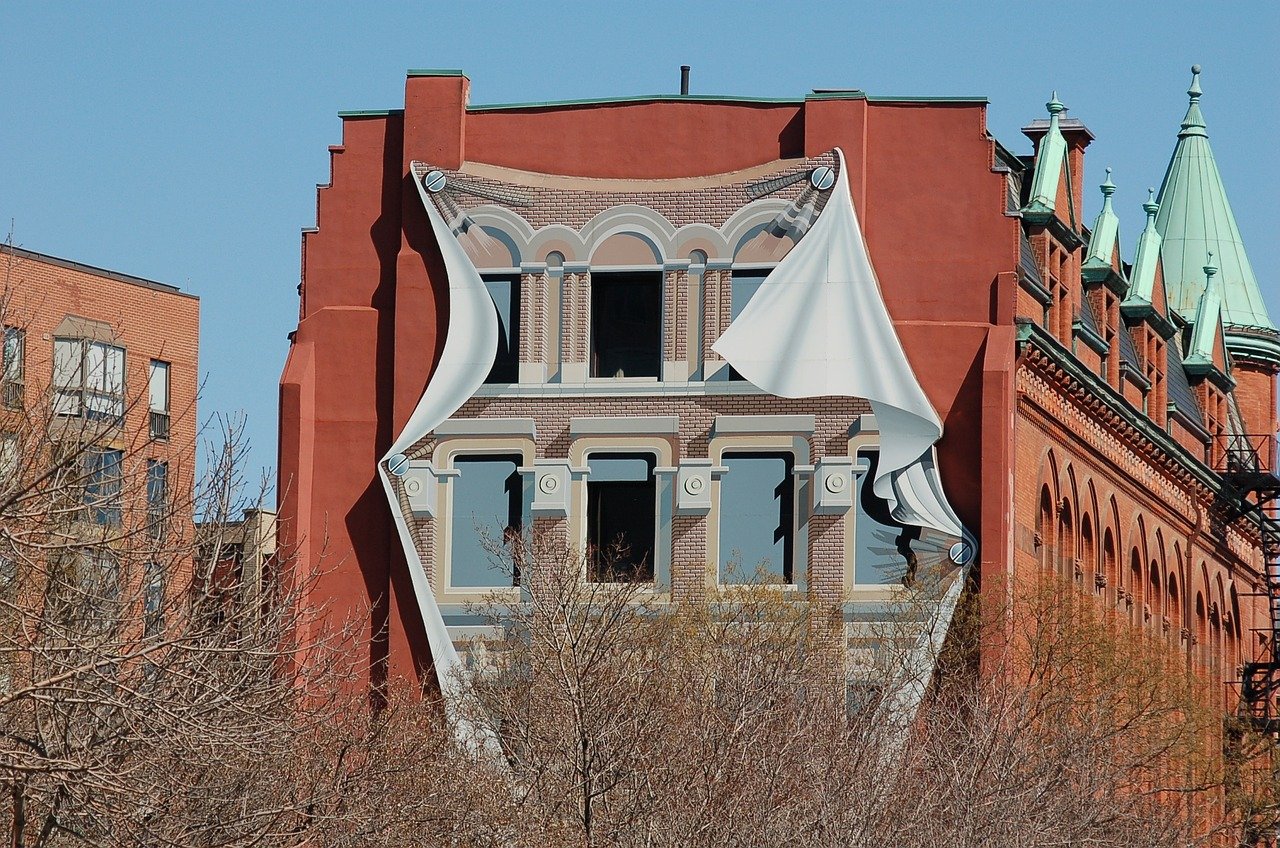The Iroquois, Seneca, Cayuga, and Mohawk, all of whom were good agriculturists and grew good crops, lived on these lands before the arrival of Europeans.
It is believed that Europeans first appeared on these lands at the beginning of the sixteenth century, at the same time the French navigator Jacques Cartier met the Laurentian Iroquois tribe, from whose language the country got its name – Canada. During the wars between the tribes, most of the population was exterminated. By the end of the sixteenth century, the Iroquois tribes had united to form the Confederacy, the League, originally comprising five tribes, and in 1722 another tribe was admitted.
The tribes began trade relations with the Dutch, the closest being with the colony of New Amsterdam. The greatest demand was for beaver fur, but over time all the animals in the region were killed and new hunting grounds had to be seized from neighboring tribes.
This period of history is called the beaver wars and lasted from 1630 to 1700. In 1664 New Amsterdam was captured by the English, they received trade contacts from the Dutch and it was the English who became the new partners of the League. The main tribe within the League was the Iroquois, they were the driving force behind the expulsion of the French colonialists from the New World, this period was called the Franco-Indian War. After that, the English had no competitors left in this region, accordingly, they made a decision – to get rid of unnecessary allies – the League. During this period, all the tribes began to be driven out of these territories.
Nevertheless, one of the indigenous settlements, York was given the new name of Toronto. At the beginning of the nineteenth century the city was burned and destroyed in the Anglo-American War. From that period the city began to develop slowly; at the end of the nineteenth century it was still small, although there was already an electric streetcar line and a commuter railroad.
Toronto began to grow rapidly in the early twentieth century, with the outflow of the English-speaking population contributing to the city’s economic growth and rapid development. At the end of the 20th century – in 1998 Toronto’s “unification” occurred, and the new districts – North York, East York, York, Scarborough and Etobicoi, which were independent cities in the past, joined the city.
The city of Toronto is now the cultural capital of the country and a major economic, industrial and transportation center of Canada.
